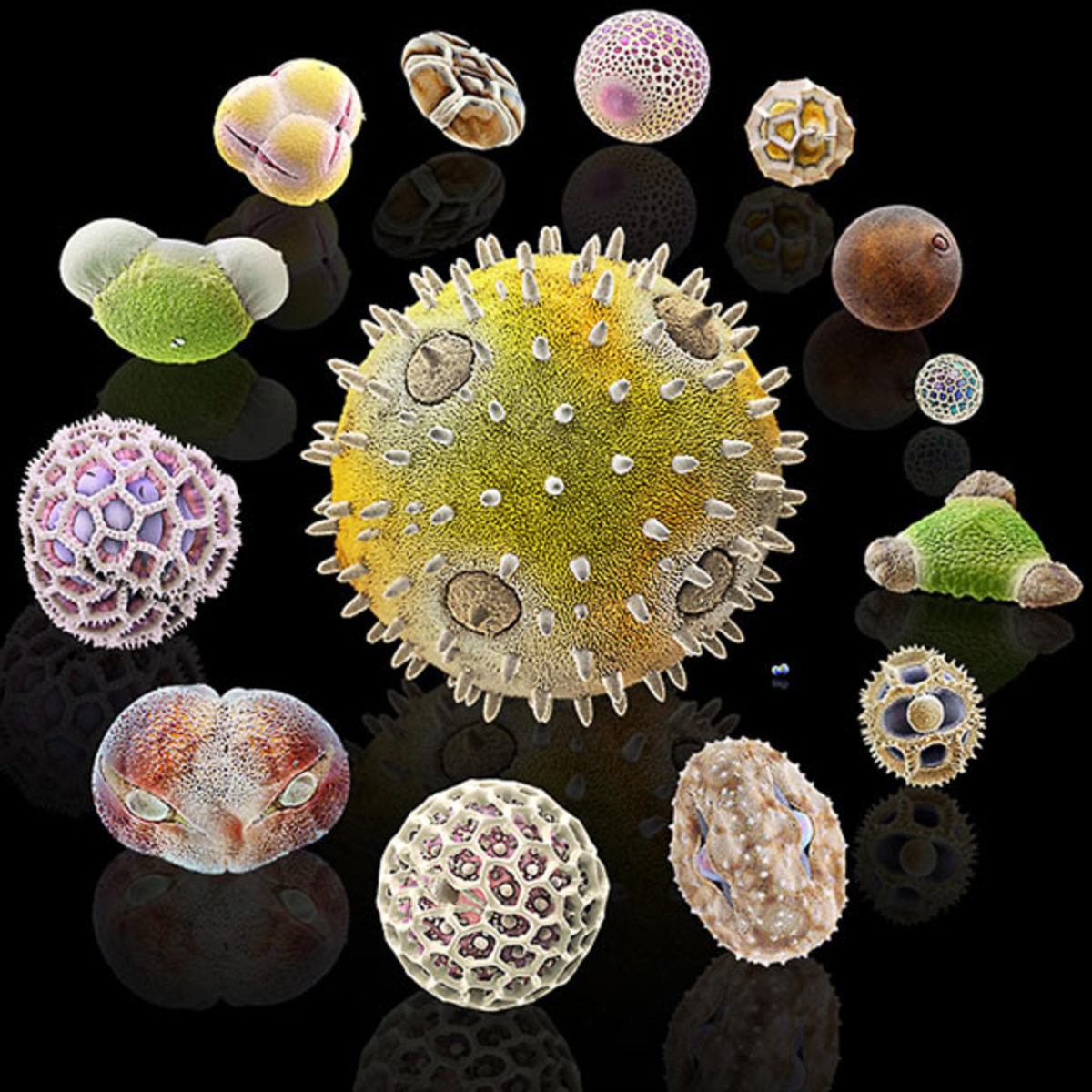POLLEN AS EVIDENCE
Authors: Alpesh Kumar, Students of CHANAKYA NATIONAL LAW UNIVERSITY PATNA
Best Citation – Alpesh Kumar, POLLEN AS EVIDENCE, Indian Journal of Legal Review (IJLR), 3 (1) of 2023, Pg. 71-77, ISSN – 2583-2344.
Abstract: –
Pollen from spermatophytes, fungi, ferns, and bryophytes, as well as other organic-walled microfossils like dinoflagellates and acritarches, are all included under the umbrella term palynomorph. The area of forensic botany has been significantly impacted by developments in plant genetics. More lately, forensic paleontology has been effectively utilized and applied to criminal inquiry. Pollen DNA profiling has yet to be used in forensic investigations, nevertheless.
Pollen was once used as a sort of botanical dust debris in several forensic examinations that used dust traces. Comparative morphological information, hints to unanticipated elements of breeding systems, pollination biology, and hybridization can all be found in the study of pollen grains.[1]
To better comprehend the conditions necessary for its development, forensic palynology is examined in relation to other forensic sciences. Additionally, recent developments are examined. Palynomorphs have the potential to produce great trace evidence since they may transmit, remain, and be detected with ease. Palynological evidence can offer incredibly strong associative and investigative evidence. Nevertheless, the effectiveness of palynology in forensic research has been uneven. There are numerous anecdotal instances when pollen evidence has achieved outstanding results.
But because it is labor-intensive, takes a great deal of knowledge and experience, lacks oversight over sample collection, lacks proper resources and funding, and is not widely renowned for its ability to solve crimes, it is grossly underutilized in most countries. Palynology has been applied to forensic issues in an unorganized manner, leaving the basic ideas without systematic debate. There is a need to establish palynological evidence through validation-type investigations and experiments, the introduction of independent proficiency testing, and the reevaluation of the acceptability of most evidence forms in the current legal climate.[2]
Keywords – Pollen, Evidence, Palynology, Forensic, Investigation
[1] Mildenhall, D., Wiltshire, P.E. & Bryant, V.M. (2006). Forensic palynology: why do it and how it works, Forensic Science International
[2] Woodhouse, R.P. (1935). Pollen Grains, McGraw Hill, New York
